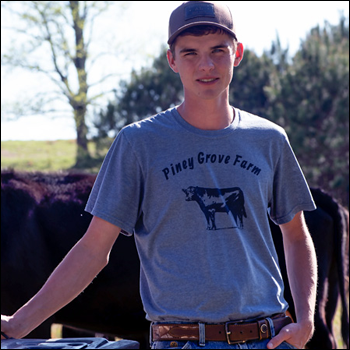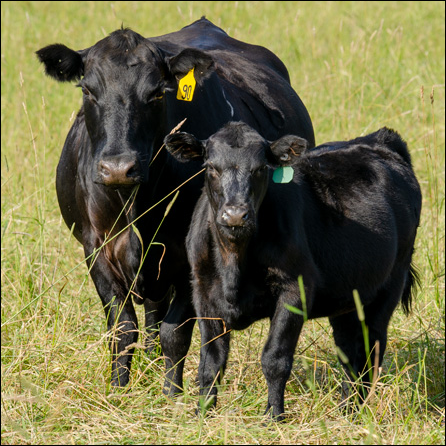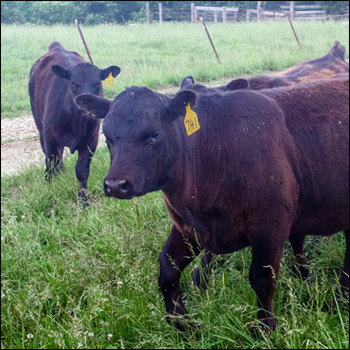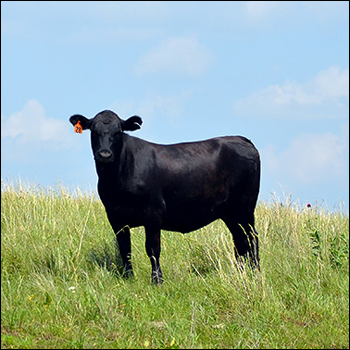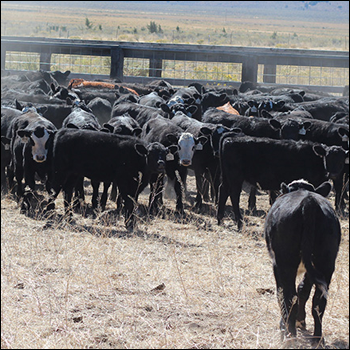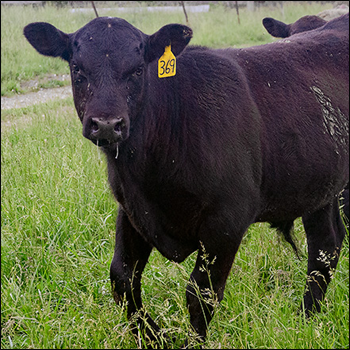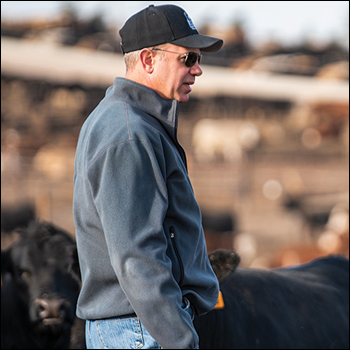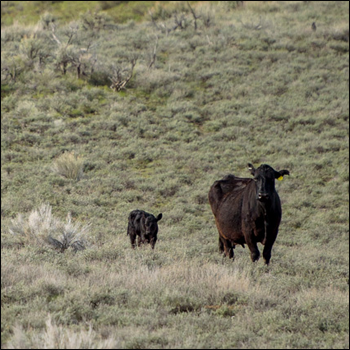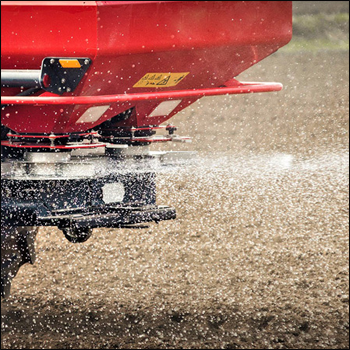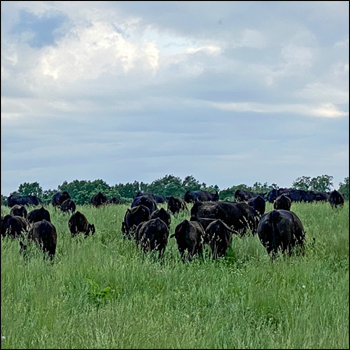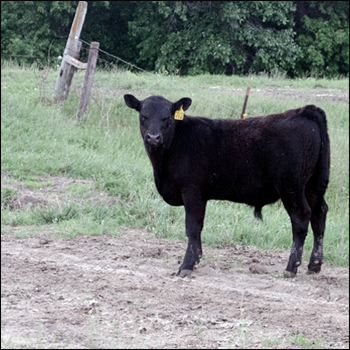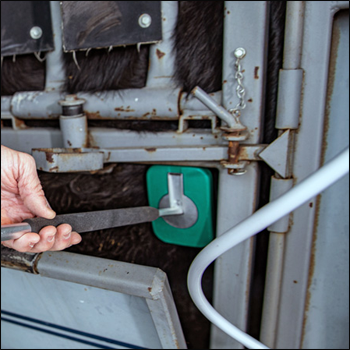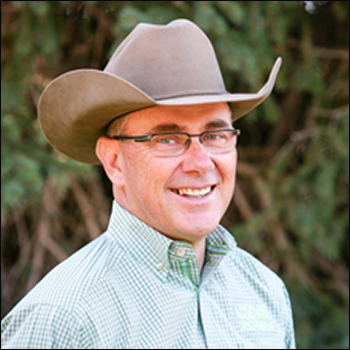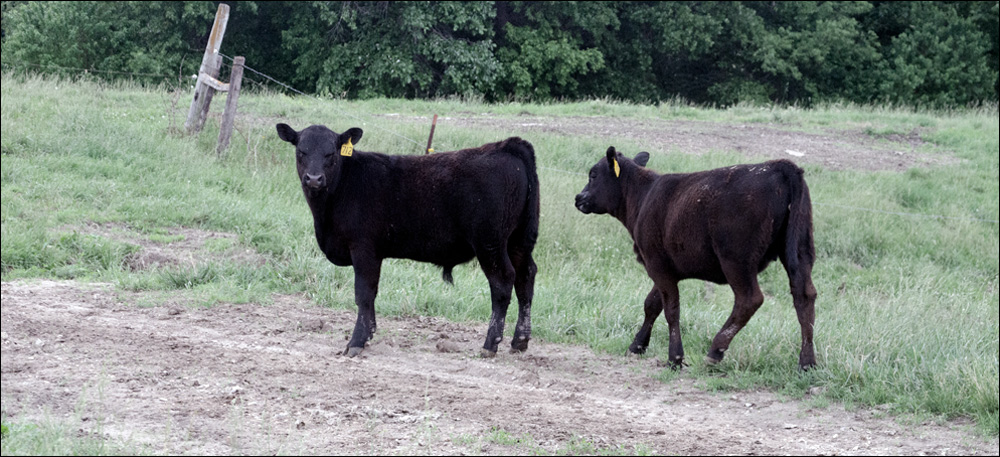
Figuring Cost and Value of Gain for Retained Calves
There are tools available to help you make the best financial decision for your operation.
No matter the time at which you sell your calves, it’s important to know your costs and value of gain. That can affect the decision to retain or sell weaned calves. A financially sound business decision is one where what it costs to put on weight is less than what the market is willing to pay to put it on. While that decision is straightforward, some limiting factors can affect these calculations.
The availability of feed resources is the first limiting factor. Feed options may include distillers’ grains, crop residues, cover crops, and stored grass or hay. If the feed is priced at its true opportunity cost, all producers within a similar geographical/feed region face similar cost-of-gain constraints. The simplest way to think of opportunity cost is to ask yourself the question, “How much could I get for this product or service if I were to sell it in the open market?” Since you could sell/charge that price, that same price/charge should be accrued to your operation.
Avoid the temptation to pencil in the “family/friend” rate — even if you may be actually getting that rate — because it helps one understand the true market forces that are at work. Producers looking to calculate their operation’s cost of gain can use feedstuff price data from the USDA Agricultural Marketing Service (AMS), available for free at https://www.ams.usda.gov/market-news/custom-reports. For producers looking to use crop residue to add weight, the Crop Residue Exchange (https://cropresidueexchange.unl.edu/) is a helpful resource that can help match crop producers and livestock owners.
After you have gathered all these prices for the ration you are going to feed and the resulting average daily gain, the total cost of gain is simply the summation of all the cost times the pounds (lb.) fed for each feed resource.
The demand from the market to put on additional weight is the second limiting factor. A producer who has a 550-lb. steer can choose to sell that calf at weaning or put on additional weight. It’s important to note two things that are frequently misunderstood in the “retain to put on more weight” decision.
First, producers are only paid for the additional weight put on postweaning. This is because when a producer decides to retain, they forgo immediate profits and essentially buy the cattle from themselves at the market price. They ultimately sell the cattle back into the market after a preconditioning or backgrounding program.
Second, the price received (dollars per pound) is higher at weaning compared to heavier cattle sold after a backgrounding or preconditioning program.
This decline in dollars per pound as weight increases is known as the price-weight slide. If this did not occur, there would be an endless incentive to put on more weight. Understanding these two factors that are built into the value-of-gain calculation provides clarity on what producers are paid for. The website www.beefbasis.com is a great user-friendly website that helps producers easily calculate their own cost of gain.
To illustrate a straightforward retention decision, here is a sample cow-calf operation in Nebraska that is deciding between selling 66 head of 450-lb. weaned steer calves in the middle of November or retaining these weaned calves and selling them in the middle of April at 750 lb. Using this sample operation and current/forecasted feed prices from USDA AMS, the calculated cost of gain was between $60 and $90 per hundredweight (cwt.), depending on the price assumptions and feed used with a 2-lb.-per-day gain. Using Beef Basis, assuming the type of cattle and marketing dates detailed above, the calculated value of gain for that operation selling into the Lexington, Neb., livestock auction is $121.13 per cwt.
Using this sample operation, there appear to be some financial incentives to retain cattle and put on additional weight. That said, producers must consider unique factors that could either improve the value of gain or decrease the cost of gain, such as additional premiums received from cattle at the time of sale or the ability to get cheaper feed resources from a relative or friend.
Editor’s note: Elliott Dennis is an assistant professor and livestock marketing economist for the University of Nebraska. Photo by Kasey Brown.

Angus Proud
In this Angus Proud series, Editorial Intern Jessica Wesson provides insights into how producers across the country use Angus genetics in their respective environments.
 Angus Proud: Scott Sproul
Angus Proud: Scott Sproul
Oklahoma operation learned wisdom of moving calving season to better suit their marketing needs.
 Angus Proud: Bubba Crosby
Angus Proud: Bubba Crosby
Fall-calving Georgia herd uses quality and co-ops to market calves.
 Angus Proud: Jim Moore
Angus Proud: Jim Moore
Arkansas operation retains ownership through feeding and values carcass data.
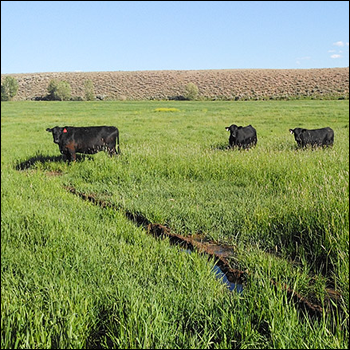 Angus Proud: Stephen Shiner
Angus Proud: Stephen Shiner
Idaho operation rotates pastures in summer and raises crops for winter.
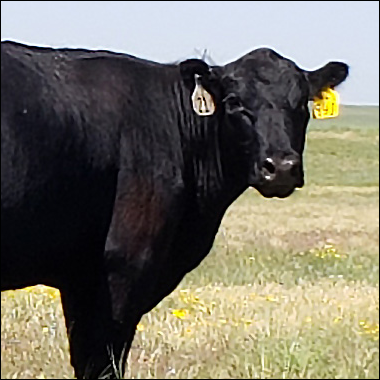 Angus Proud: Brian Nusbaum
Angus Proud: Brian Nusbaum
Angus cattle fit cattleman’s marketing goals and helped him set out on his own.
 Angus Proud: Les Shaw
Angus Proud: Les Shaw
South Dakota operation manages winter with preparation and bull selection.
 Angus Proud: Jeremy Stevens
Angus Proud: Jeremy Stevens
Nebraska operation is self-sufficient for feedstuffs despite sandy soil.
 Angus Proud: Dave Rutan
Angus Proud: Dave Rutan
Angus breeder gets the most out of his bull investment by partnering with opposite calving-season operation.
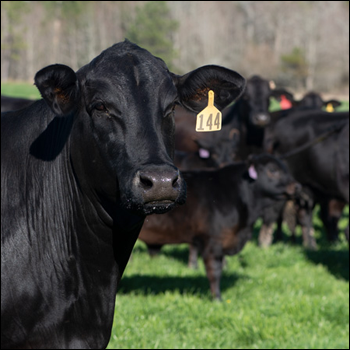 Angus Proud: Nickey Smith
Angus Proud: Nickey Smith
AngusLink helps Louisiana cattleman gain more for his calves.
